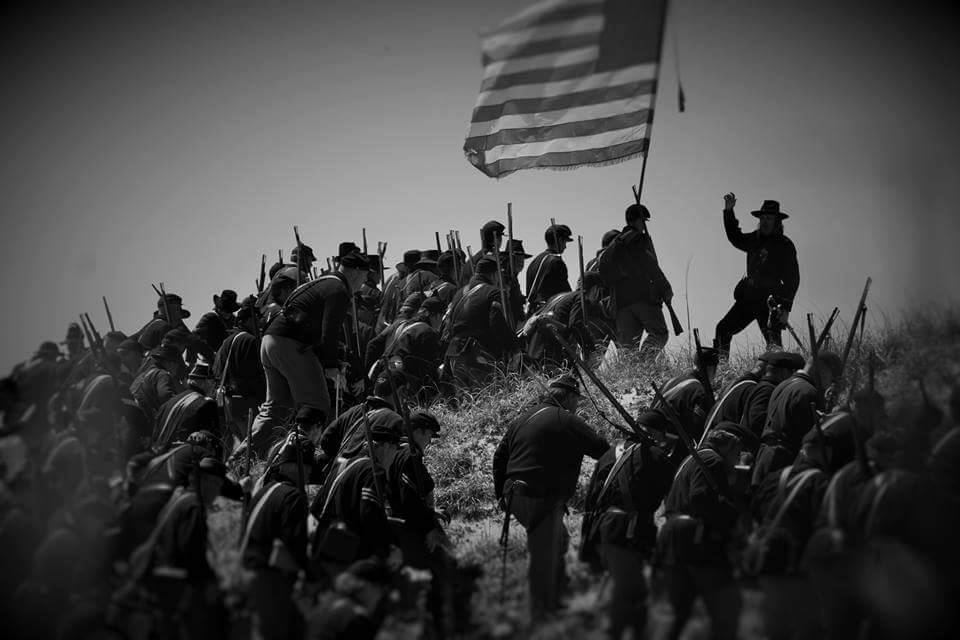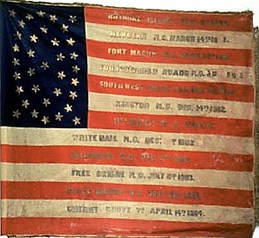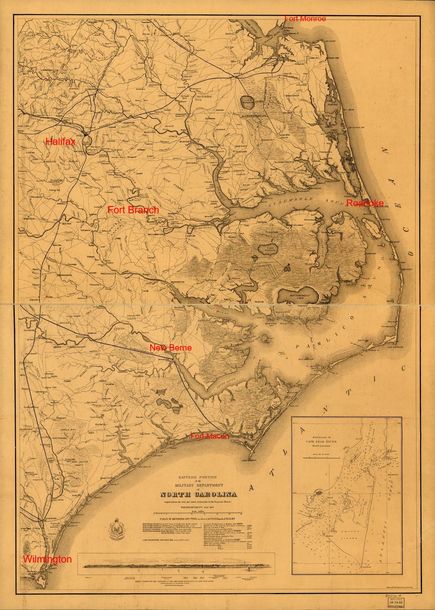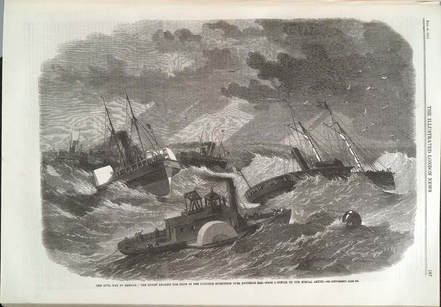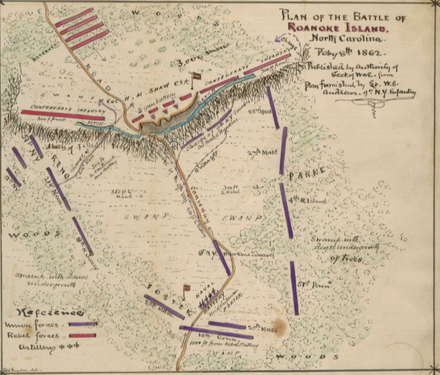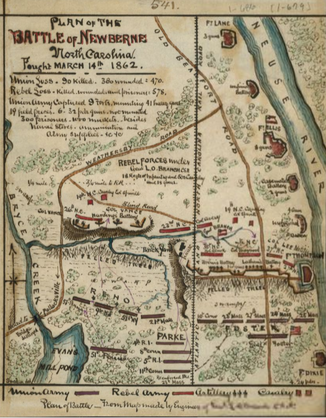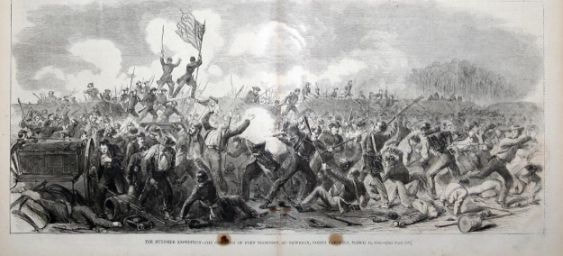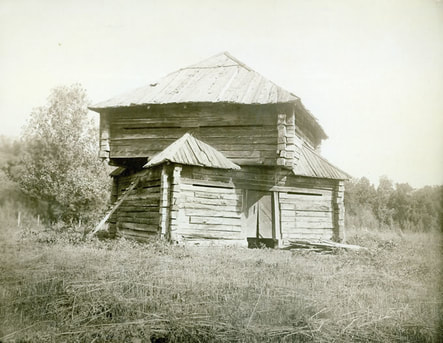|
The History of the 9th New Jersey Volunteer Regiment
"The Jersey Muskrats" The first Battle of Bull Run, on July 21, 1861, sent shock waves throughout the North, resulting in President Lincoln's call for 75,000 additional troops. By September, it became clear to the War Department that more would be needed, and the call went out. New Jersey responded with patriotic fervor, and the 9th New Jersey regiment was born.
|
Photo by Gavin Dawson: Fort Fisher 2017
